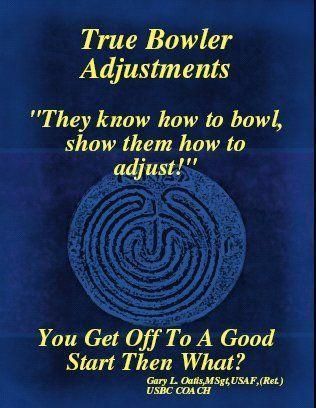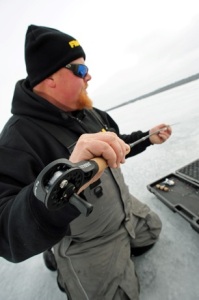how to fix a pull/hook and thin/top
Question
QUESTION: My handicap has increased from a 7 to 9 (and getting worse) over the past year. The problem is primarily my iron play. I go back and forth between (A) hitting very solid pull/hooks and (B) hitting very thin or even topped shots. Each has been my attempt to cure the other. I've now resorted to opening the face at address and making the pull/hook swing in hopes of producing a slight fade, but this can't be the correct answer (and it doesn't always work). These problems exist with every club in my bag, driver through lob wedge.
To help narrow the list of potential problems: I have checked my alignment, stance, and posture and all are good. I can see 2.5-3 knuckles on my left hand at address and the V's on both hands point to a spot midway between my sternum and right arm pit.
I would really appreciate any suggestions you have. Thanks.
ANSWER: Hi Jason:
2.5 to 3 knuckles is a very strong grip, which will hurt you in your chances to fix this. Problem A and B in your description of what is happening is the same issue. The club approaches the ball too far from the inside, swinging from in to out. If the club swings too much from in to out, it approaches too shallow. Too shallow an approach means thin and tops to the right. When you get sick of hitting them thin and topped to the right, you'll use your hands in an effort to get the clubface closed. An inside out swing path and a closing face through impact (hand action) means massive spin on the ball from right to left, as in hook, or duck hook with longer clubs. Plus, too shallow an angle of attack also means it's hard to take a divot, let alone a divot in front of the ball. So, 2 knuckles would be fine (to slow the rotation of the clubface down) and I would help you fix your swing path. The idea of hitting a fade is only related to the path of the club. In order to put left to right spin on the ball, you know the club must be moving across the ball from out to in. An out to in swing path is steeper, not shallow. Learning how to take a divot again or just making some divots that go to the left would be a good start. So hit some balls with a slightly weaker grip in the left hand. Start be keeping everything square and aligned properly. Picture hitting some shots and taking a divot that goes towards 11 o'clock instead of 1 o'clock (using a clock as an analogy). If the clubface approaches the ball from a different angle of attack (meaning steepness) and approaches the ball from a different path (more out to in in our example), then the results HAVE to be different. Control the rotation of the hands through impact, and in no time, you will hit the ball cleaner, more solid and reduce the amount of spin you put on it.
Eddie Kilthau
PGA Member
---------- FOLLOW-UP ----------
QUESTION: Thanks Eddie. I didn't realize my grip was that strong. One thing I forgot to mention before is that, when I hit the pull/hook, my divots actually do point left of my intended target. With that in mind, it sounds like my swing path goes from one extreme to the other. Can you suggest any drills to work on my swing path? Thanks again.
Answer
Jason:
I would relate the pull and the hook to your grip. Weaken your left hand grip, hit balls and see what happens. Adjust accordingly. Stronger grip promotes release of clubface. Weaker grip slows that down. If divots point left of target, start swinging towards 1 o'clock. With the weaker grip and a squarer path through the impact area, the ball has to go straighter. You'll blend it in. But take the time to practice. Don't waste time by just hitting balls.
Eddie Kilthau
PGA Member
low kick point versus high kick point
Flat left wrist


